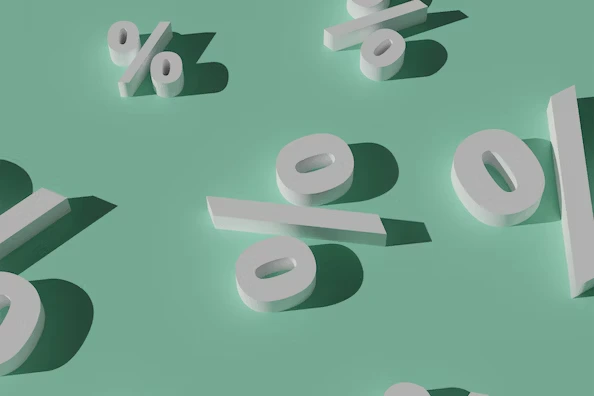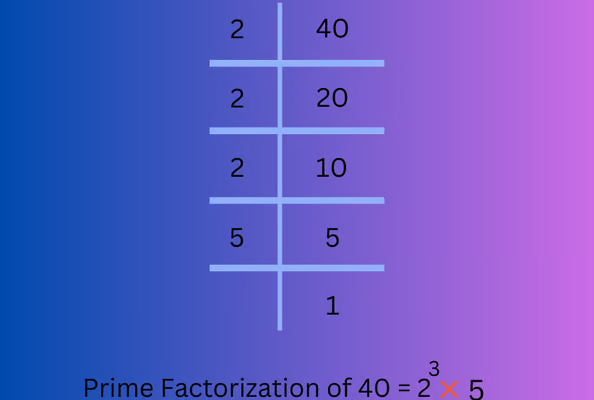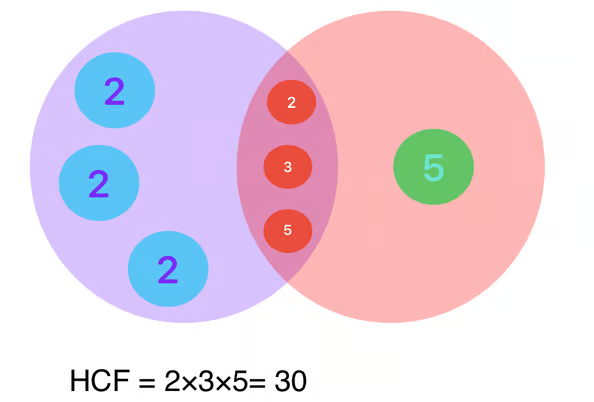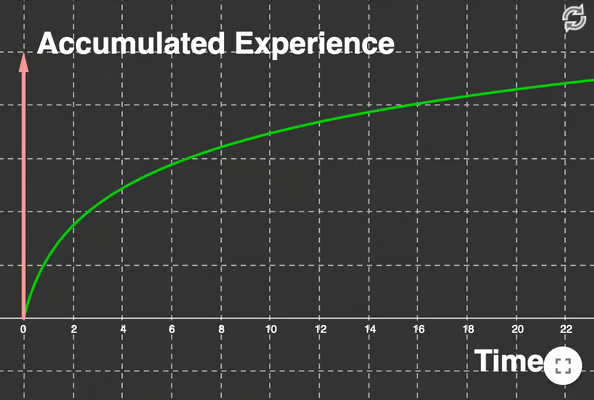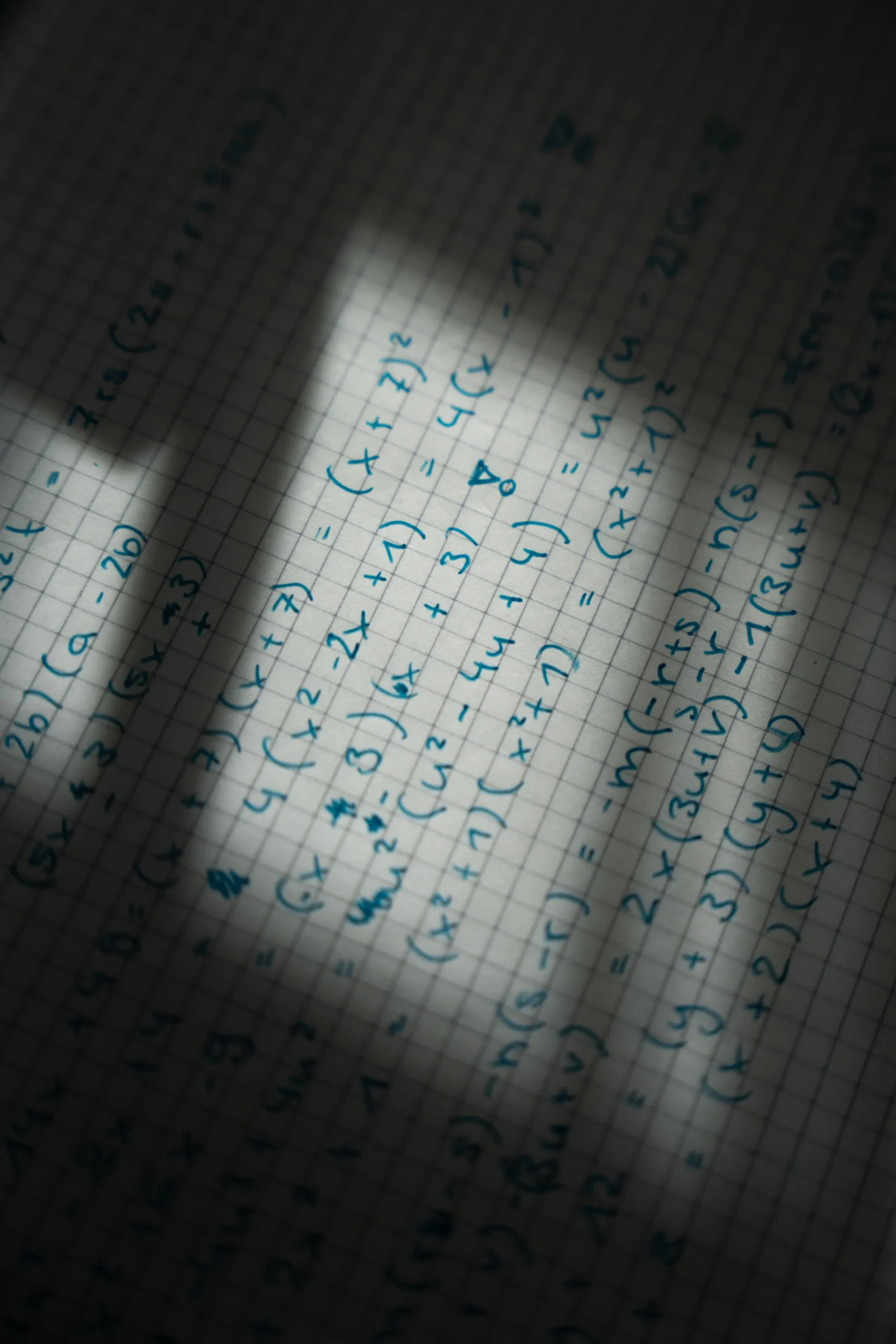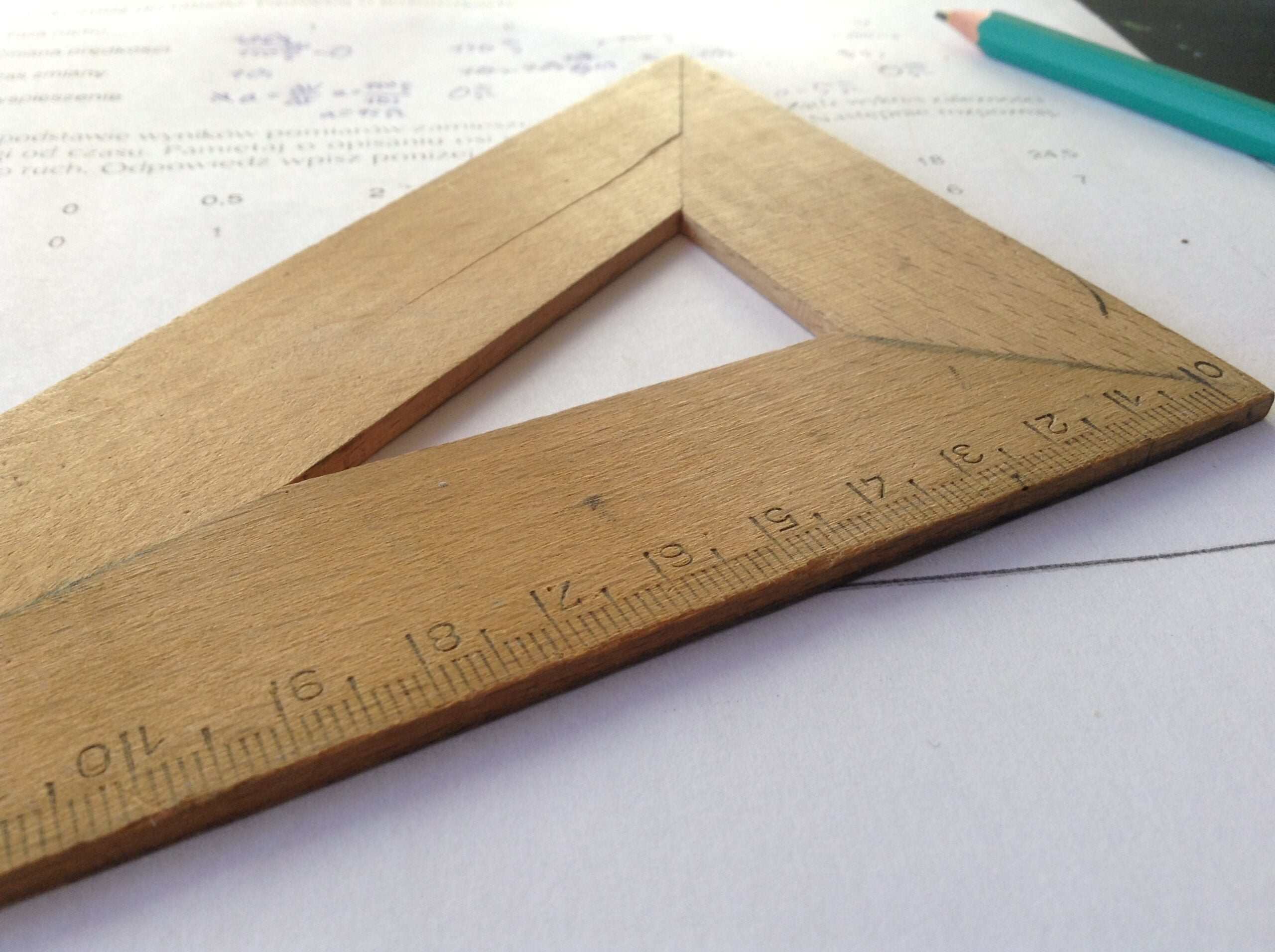Understand concepts involved in topic fractions and decimals
Last updated : 2 May 2024, Wednesday
Verified for accuracy
Introduction to Fractions and Decimals
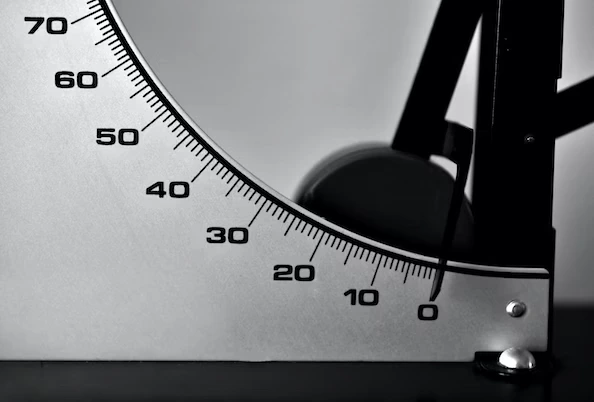
Fractions and decimals are important mathematical concepts that expand upon the basics of arithmetic. They allow us to work with numbers that are not whole, making them valuable tools in various real-life situations:
1. Introduction to Fractions: A fraction is a way to represent a part of a whole. It is composed of two parts: the numerator, which represents the part we have, and the denominator, which represents the total or the whole. For example:
1/2 Here, the numerator is 1, and the denominator is 2, representing one-half of the whole.
2. Equivalent Fractions: Fractions can be equivalent, meaning they represent the same value even if they look different. For instance, both 1/2 and 2/4 represent the same one-half of a whole. To find equivalent fractions, you can multiply or divide both the numerator and the denominator by the same number.
3. Adding and Subtracting Fractions: To add or subtract fractions, the denominators must be the same. If they are not, you need to find a common denominator. You add or subtract the numerators while keeping the common denominator. For example:
1/4 + 3/4 = 4/4 (which simplifies to 1)
4. Multiplying and Dividing Fractions: To multiply fractions, simply multiply the numerators together and the denominators together. To divide fractions, invert (flip) the second fraction and then multiply. For example:
1/3 × 2/5 = 2/15
1/2 ÷ 1/4 = 2
5. Introduction to Decimals: Decimals are another way to represent parts of a whole. They use the decimal point to separate the whole number from the fractional part. For example:
0.5
Here, the whole number is 0, and the decimal part (0.5) represents half of the whole.
6. Converting Fractions to Decimals and Vice Versa: To convert fractions to decimals, you can divide the numerator by the denominator. Conversely, to convert decimals to fractions, identify the place value of the last digit and create a fraction accordingly.
7. Adding, Subtracting, Multiplying, and Dividing Decimals: Performing arithmetic operations with decimals is similar to whole numbers. You align the decimal points when adding or subtracting and follow the standard rules for multiplication and division.
8. Real-World Applications: Understanding fractions and decimals is essential for various everyday scenarios, from cooking recipes that require precise measurements to interpreting financial data involving percentages.
9. Practice Problems: To reinforce your understanding of fractions and decimals, here are a few practice problems:
a) 1/4 + 2/4 = ? b) 0.6 – 0.25 = ? c) 3/5 × 2/3 = ? d) 0.8 ÷ 0.2 = ?
Answers: a) 3/4 b) 0.35 c) 2/5 d) 4
Fractions on the number line
Watch this video to develop an understanding of how and where fractions exist on a number line. Students will begin to learn the relationship between improper fractions and mixed numbers.
Types of fractions
Fractions come in different forms, and understanding these types is crucial in working with them effectively:
- Proper Fractions: Proper fractions are those where the numerator (the top part of the fraction) is smaller than the denominator (the bottom part). For example, 2/3 is a proper fraction. Proper fractions represent values less than 1.
- Improper Fractions: Improper fractions have a numerator equal to or greater than the denominator. For example, 5/4 is an improper fraction. Improper fractions represent values equal to or greater than 1.
- Mixed Numbers: Mixed numbers are a combination of a whole number and a proper fraction. For example, 1 1/2 is a mixed number, consisting of one whole and one-half. They are often used in real-life situations.

Equivalent Fractions
Equivalent fractions are fractions that represent the same value, even though they may look different. To find equivalent fractions, you can follow these principles:
- Multiply or Divide: To create equivalent fractions, you can multiply or divide both the numerator and denominator by the same number. For example, to find equivalent fractions for 1/2, you can multiply both the numerator and denominator by 2 to get 2/4 or 3/6, and so on.
- Common Factors: Equivalent fractions have a common factor, which means they can be reduced to their simplest form. Reducing fractions to their simplest form involves finding the greatest common factor (GCF) of the numerator and denominator and dividing both by it.
Equivalent fractions are essential for comparing fractions, adding and subtracting fractions with unlike denominators, and simplifying fractions.

Partial Fractions
- A method for decomposing fractions that contain polynomial expressions within them.
Proper Rational Expressions
- Degree of expression in numerator is less than degree of expression in denominator
- Example: In below example, degree in numerator is 2 which is less than degree in denominator which is 3, thus, it is a proper rational expression


Improper Rational Expressions
- Degree of expression in numerator is greater than or equal to degree of expression in denominator
- Example: (5x³ + 2x² – 1) / (3x² – 4)
Points to Note:
- If expression is improper, then do polynomial long division first.
- Factors in denominator can be combination of linear factors, quadratic factors which are not further reducible but not complex numbers factors
- If you have quadratic factor form, ax² + bx + c in the denominator , example, x² + x + 2 , then include like in image A
- If denominator has (a-b)³ or similar kind of exponents terms, then include like in image B
- ( ax² + bx + c )² will mean like in image C



Fraction word problems
Problem 1: Sharing Candy Bars


You have 8 identical candy bars, and you want to share them equally among yourself and three friends. However, each person wants a different fraction of a candy bar:
- You want 1/4 of a candy bar.
- Friend 1 wants 1/6 of a candy bar.
- Friend 2 wants 1/3 of a candy bar.
- Friend 3 wants 1/12 of a candy bar.
To find out how many candy bars each person gets, you’ll add up the fractions:
- You: 1/4 of a candy bar.
- Friend 1: 1/6 of a candy bar.
- Friend 2: 1/3 of a candy bar.
- Friend 3: 1/12 of a candy bar.
Now, add these fractions together:
1/4 + 1/6 + 1/3 + 1/12
To add these fractions, you need a common denominator, which is 12. You can rewrite each fraction with a denominator of 12:
3/12 + 2/12 + 4/12 + 1/12
Now, add the numerators:
(3 + 2 + 4 + 1) / 12 = 10/12
Now, simplify the fraction:
10/12 can be reduced to 5/6 by dividing both the numerator and denominator by their greatest common factor, which is 2:
(10 ÷ 2) / (12 ÷ 2) = 5/6
So, each person will receive 5/6 of a candy bar, and there will be some candy bars left because 5/6 of a candy bar is less than a whole candy bar.
To determine how many candy bars are left, subtract the portions taken from the total:
8 (total candy bars) – 4 * (5/6) (portions taken) = 8 – (20/6) = 8 – 10/3 = 14/3 or 4 and 2/3 candy bars left.
So, each person gets 5/6 of a candy bar, and there are 4 and 2/3 candy bars left.
Problem 2: Cooking with Recipes

The recipe makes 6 servings and requires 2/3 cup of chopped onions. You want to make a batch of soup for 12 people. To find out how much chopped onions you need for the larger batch, set up a proportion:
(2/3 cup) is to (6 servings) as (X cups) is to (12 servings).
Cross-multiply and solve for X:
(2/3) 12 = (6) X
8 cups = 6X
X = 8/6 = 4/3 cups
You need 4/3 cups of chopped onions for the larger batch, which is equivalent to 1 and 1/3 cups.
Problem 3: Discounts on a Shopping Spree

You’re buying a pair of shoes for $80, a jacket for $120, and a bag for $60. The discount applies to the second most expensive item, which is the jacket. The discount is 1/4, which means you’ll get 1/4 off the jacket’s original price.
1/4 of $120 = (1/4) * $120 = $30
So, you receive a $30 discount on the jacket, reducing its price to $120 – $30 = $90. The final total cost of your shopping spree is:
$80 (shoes) + $90 (jacket) + $60 (bag) = $230
After applying the discount, your shopping spree costs $230.
Long Division Method
Long division is a mathematical technique used to divide one number (the dividend) by another (the divisor) to obtain a quotient and a remainder. In the context of fractions, long division can be used to perform division operations involving fractions. When you have a fraction divided by another fraction, you can use long division to find the result.
Converting Fractions to Decimals Using Long Division
Converting fractions to decimals using long division is a method in mathematics that allows you to express a fraction as a decimal number. You set up a long division with the fraction as the dividend and perform the division step by step, similar to dividing whole numbers. The process continues until you either obtain a remainder of 0 or decide to round the decimal to a desired level of precision. The result of this division is the decimal equivalent of the original fraction.
Example
Convert 3/20 to decimal.
- Step 1: In the given fraction 3/20, consider the numerator 3 as a dividend and the denominator 20 as the divisor. In this case, the denominator > numerator.
- Step 2: We will have to make the dividend digit 3 greater than the numerator digit 20
- Step 3: In the quotient, write 0 and add decimal (.) after 0 and write 0 after 3 in dividend
- Step 4: Multiply 30 with a number so that the product is less than or equal to 30. We know that 20 times 1 is 20. The digit that appeared in the quotient is 1, and the remainder left is 10. After adding decimal in the quotient we can introduce one 0 to remainder at each step of the division.
- Step 5: Now the new dividend is 100. Multiply 100 with a number so that the product is less than or equal to 100. 20 times 5 is 100. Now the new digit in the quotient is 5 which makes it 0.15, and the remainder is 0 , so the answer is 01.5



